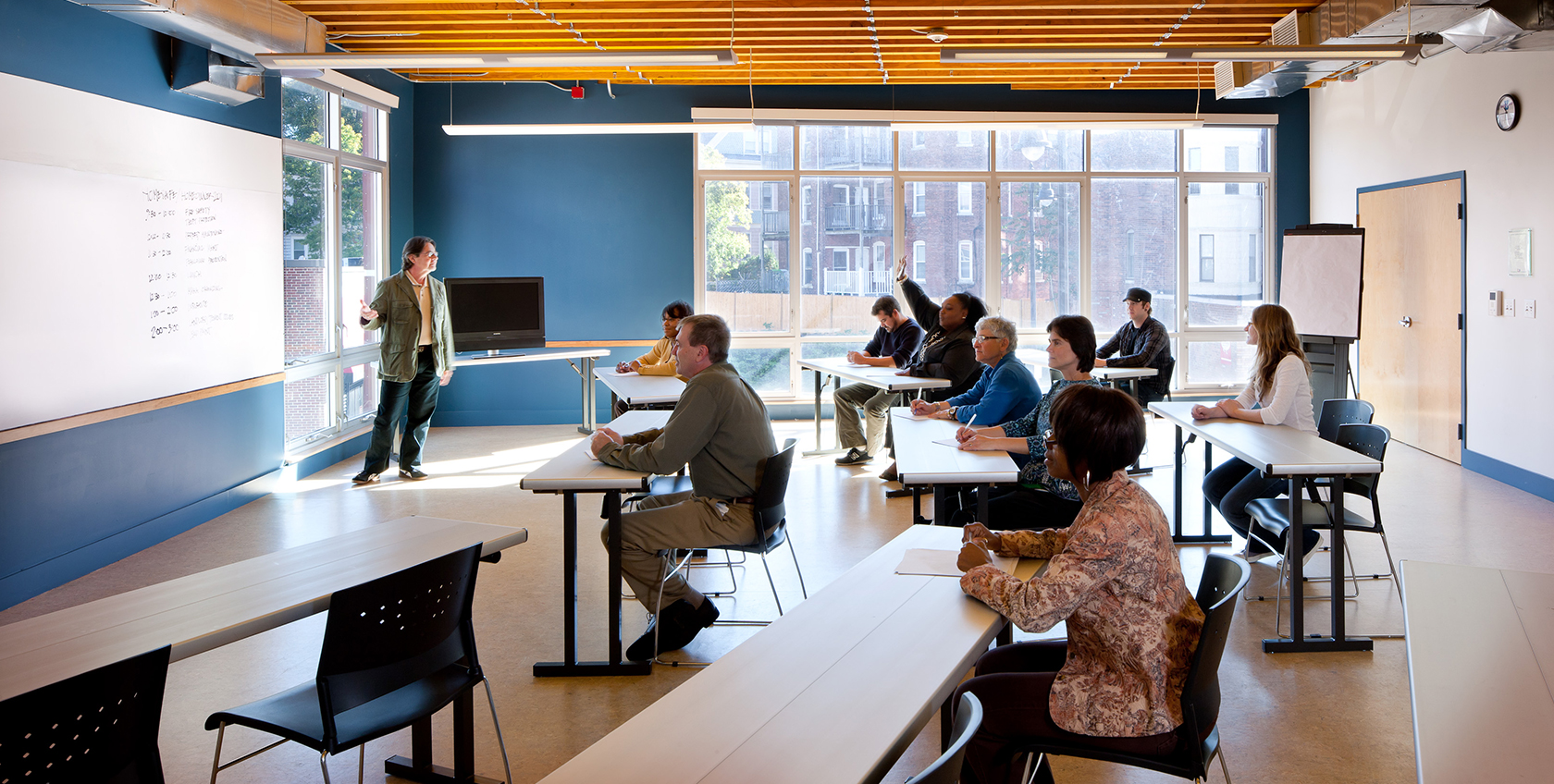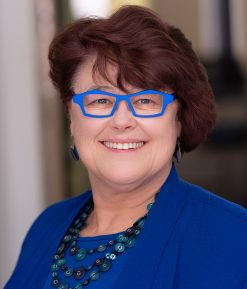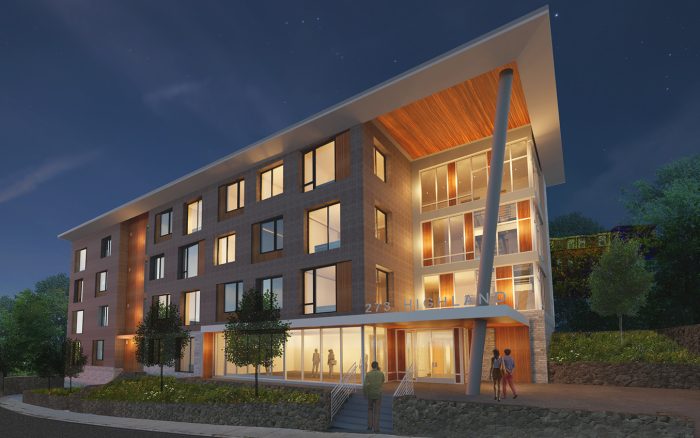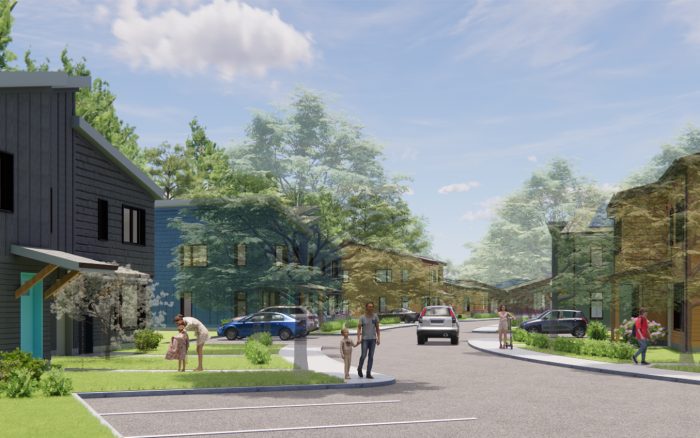A Home Of Their Own
Since 1985, it has been The Massachusetts Affordable Housing Alliance’s (MAHA) mission to increase affordable homeownership opportunities for first-time and first-generation homebuyers. Educating these homebuyers about the process is a key component and more than 3,500 people per year attend a class, meeting, or other event at MAHA. When it came time for a new home of their own, we were proud to step up and lead the project, creating a beautiful yet functional space that inspires employees and clients alike.
Location
Dorchester, MA
Client
Massachusetts Affordable Housing Alliance
Size / Area
10,335 SF
Certifications
LEED Certifiable
Energy Star
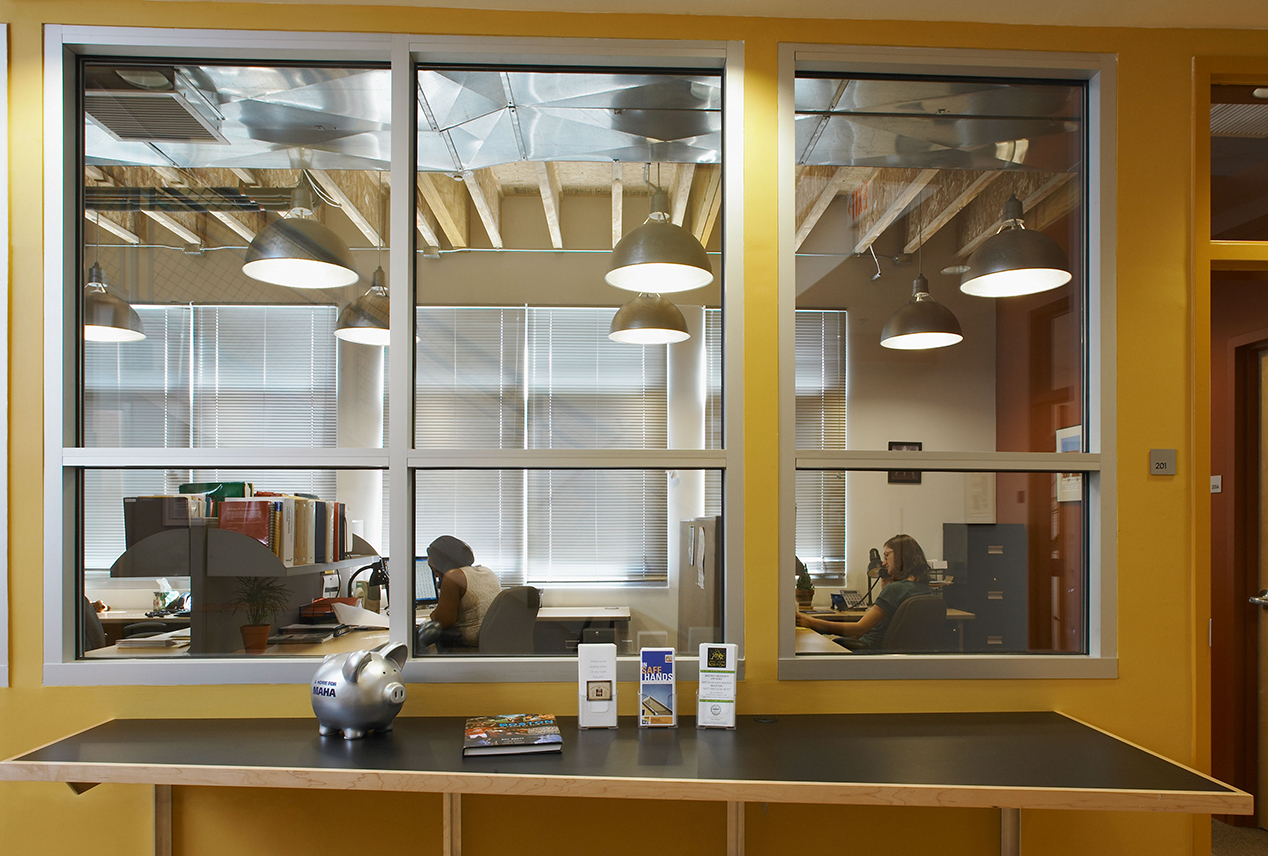
Sustainability Is Built In
In the spirit of “leading by example”, we had the opportunity to educate MAHA staff and users about various principles of sustainability through our design. We created an environmentally sustainable building that houses MAHA’s administrative offices, classrooms, and meeting spaces, incorporating the following project goals:
- use warm colors and materials to create an inviting and homey space
- minimize fossil fuel use, preserve natural resources and maximize indoor air quality
- design to promote healthy living, including bicycle storage
- promote social interaction among users
- balance privacy and ease of communication for MAHA employees and clients
- create inviting stair circulation
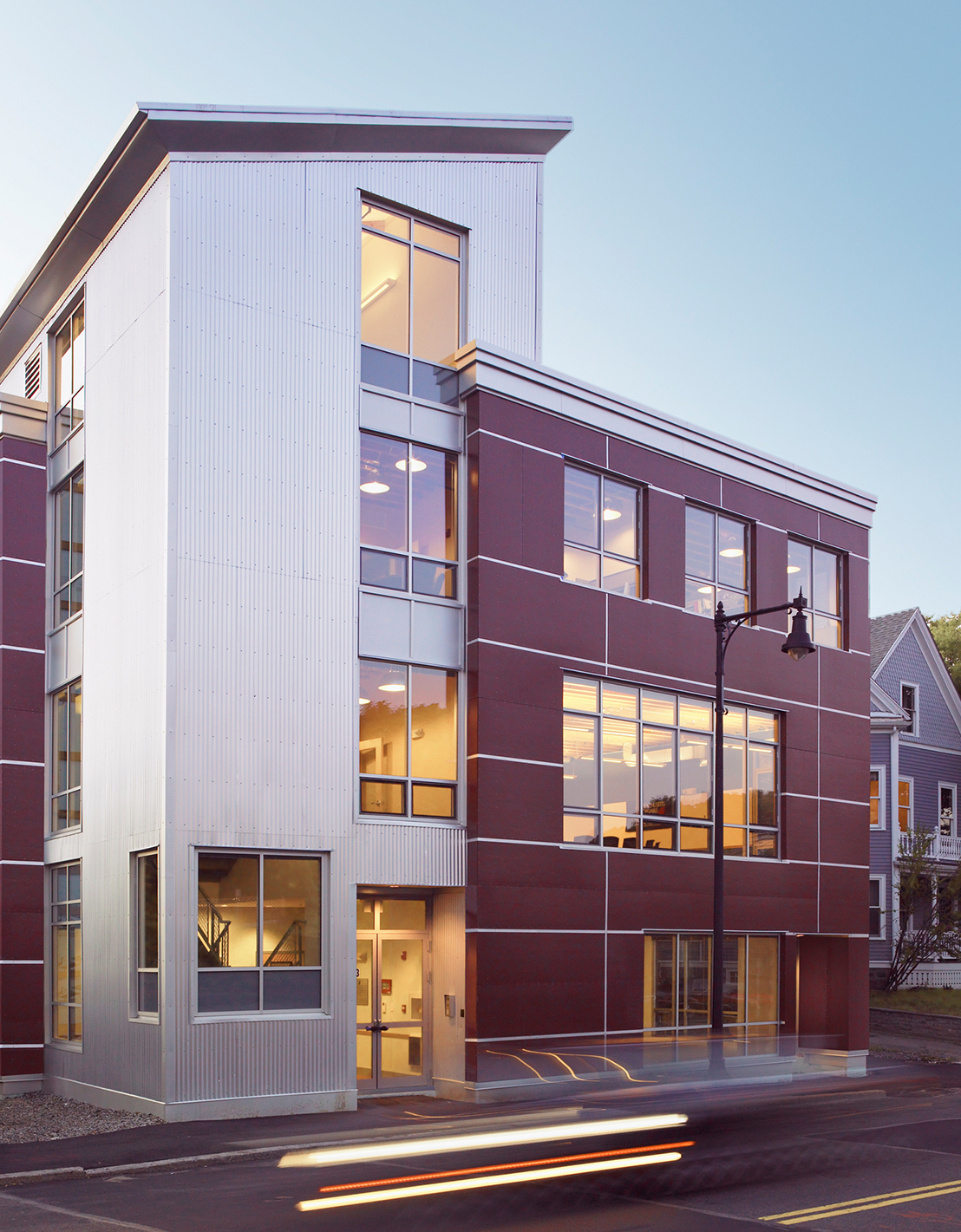
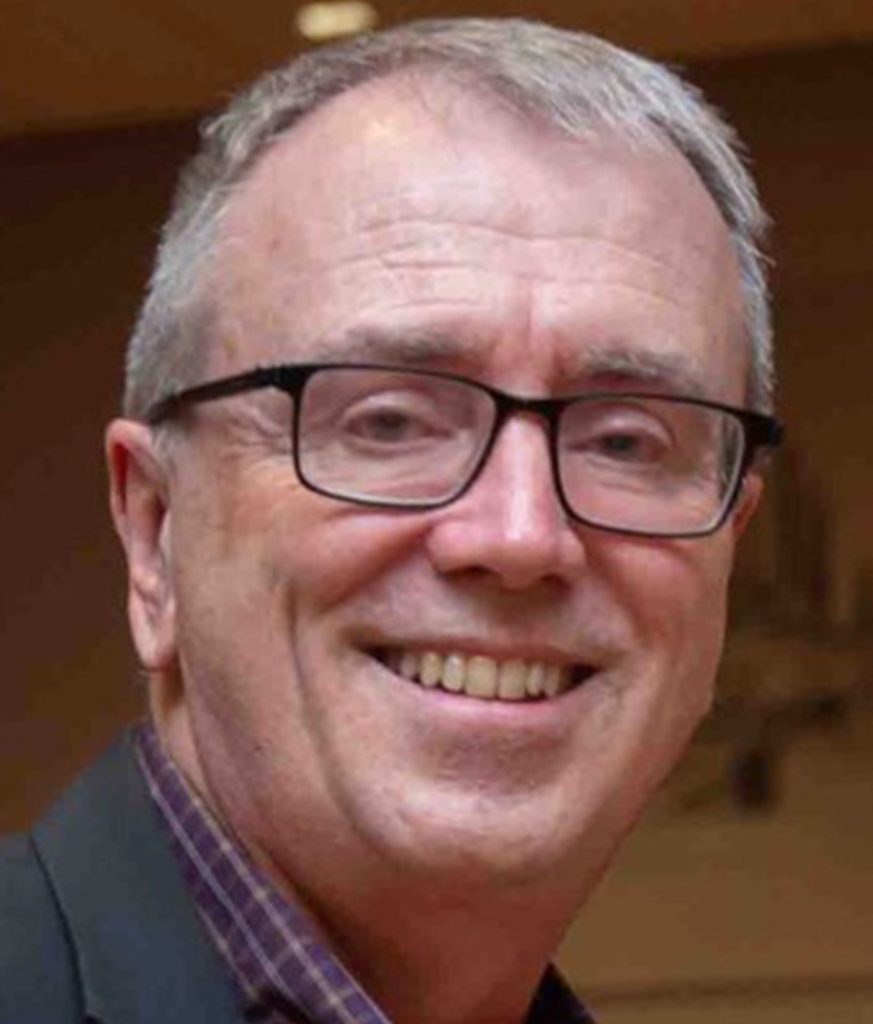
“MAHA helps lower income homebuyers realize their dream of sustainable homeownership. Studio G worked with us over many years to realize our dream of a home of our own. They have had MAHA’s best interest at heart, partnering with us each step of the way, and bringing their creativity to bear in helping us put our principles of sustainability into every aspect of the building.”
– Tom Callahan, Former Executive Director, MAHA
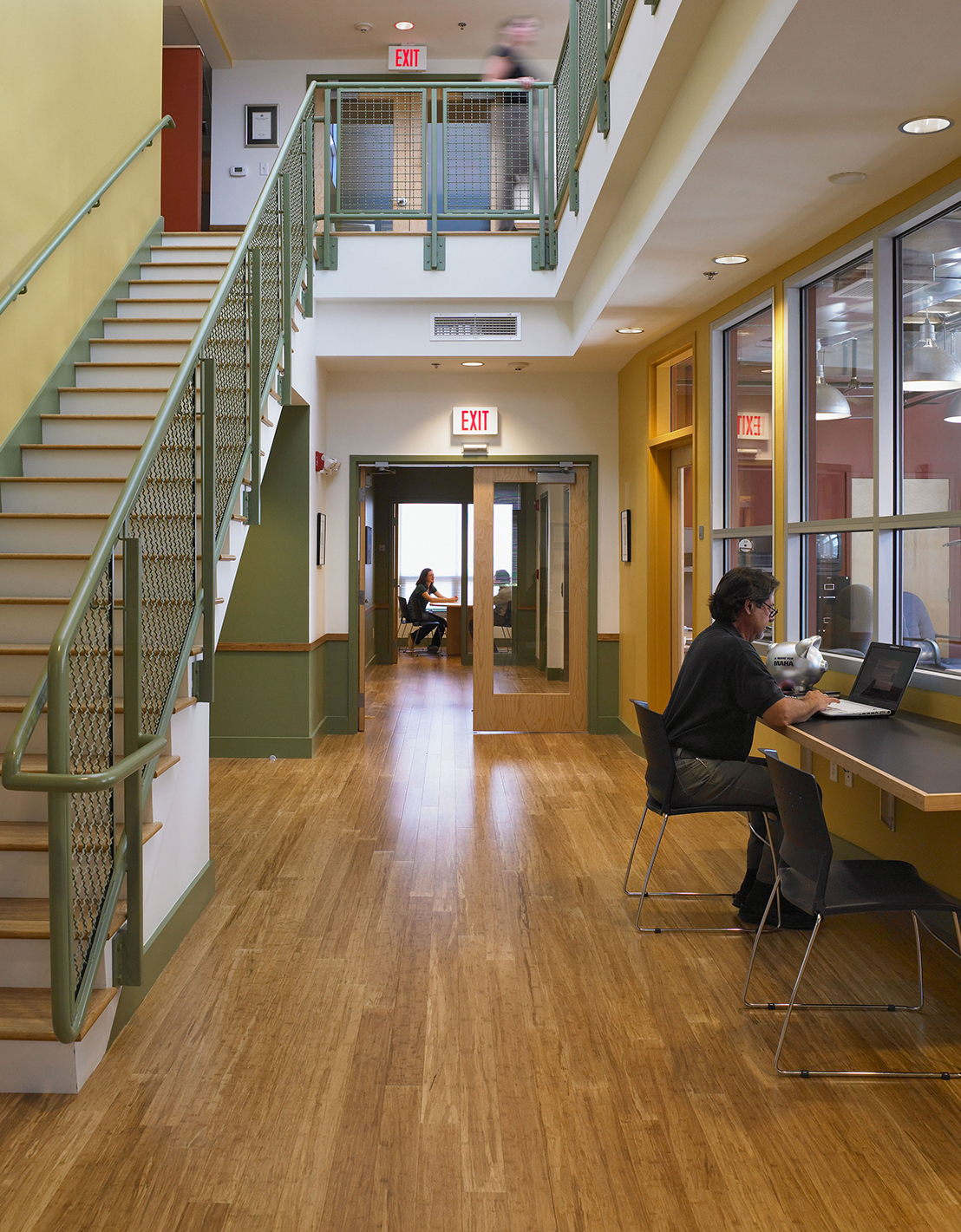
Incorporating Green Design Strategies
Starting with “recycling” building materials and components from an existing wood-frame structure, our design strategy incorporates a broad range of environmentally sensitive systems and strategies. Oriented to maximize the new building’s passive solar potential and to support a 12kW photovoltaic array, we created an open layout that allows for cross-ventilation, while north-facing clerestory windows introduce ample natural light. Our design uses low- or no-VOC emitting materials wherever possible to promote a healthy work environment. Low-flow plumbing fixtures, energy-efficient lighting, and mechanical systems encourage responsible use of natural resources. With its proximity to two subway stops, this project sets an example of transit-oriented development in an up-and-coming neighborhood.
